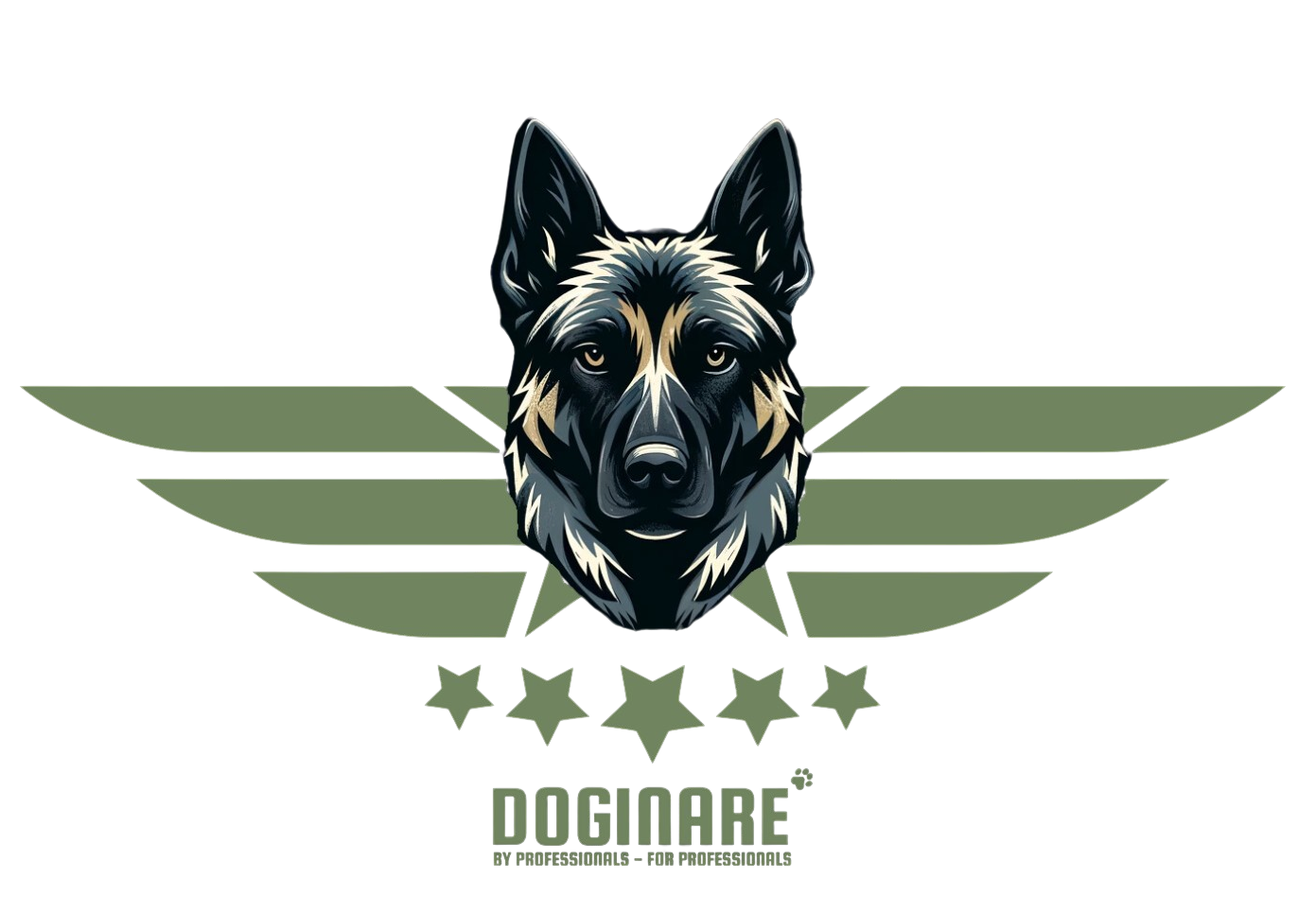The Human-Dog Bond in K9 Teams: Structure, Pressure, and Purpose
The bond between a handler and a working dog is more than just a professional partnership — it’s a dynamic, reciprocal relationship built on trust, routine, and shared experience. Emotional, psychological, and physical interactions are essential for the well-being of both. For a dog to perform successfully in high-stress environments, it must not only be trained but also enjoy the work and feel safe in its team dynamic.
The Modern Working Dog: Expertise Meets Specialization
Today’s man-dog teams rely on the collective expertise of trainers, handlers, veterinarians, gear specialists, and operational leaders. K9 units have evolved immensely, with dogs now specializing in protection, detection, tracking, and more. This progress is largely due to two factors:
-
Improved handler knowledge and training methods, and
-
Advances in breeding and selection based on behavioral science and performance traits.
Departments worldwide require dogs that are not only physically healthy and mentally stable but also capable of being precisely directed — especially in high-risk or tactical operations.
Technology & Tactical Application
In recent decades, technology has added a new layer of complexity and specialization to K9 roles. Dogs now work with:
-
Body cameras
-
Directional microphones
-
Remote signaling systems
-
GPS-based steering aids
-
Protective body armor
These tools allow handlers to guide dogs into dangerous areas remotely, assess the situation in real time, and deliver mission-critical tools or information without endangering human lives. This development underlines the need for dogs that are not only obedient but also resilient and confident in navigating unfamiliar environments.
High Stakes, High Pressure: Raising a Working K9
When a young dog enters service, the clock starts ticking. Whether for police, military, or private security, training time is often short. But professional development can’t be rushed. Unfortunately, time pressure — often tied to contracts or financial expectations — leads to compromises in the training process. Handlers may ignore early signs of stress, fear, or imbalance simply because the dog „has to work now.“
This pressure often forces handlers into the next phase: finding a suitable decoy (agitator) for protection training. If you’re lucky, you have one in your personal network. If not, you may need to rely on local dog clubs — which often have different goals.
Civil Work vs. Sport: A Philosophical Divide
The way protection work is taught in sport clubs often focuses on prey drive — something encouraged by regulations and national dog sport organizations. However, real-life deployments require a dog that is conditioned for civil work, meaning the „bad guy“ doesn’t wear a sleeve. A duty K9 must distinguish intent, read body language, and respond to complex cues. This creates a fundamental difference in training objectives.
So the real question is: What approach produces the mentally stable, reliable, and mission-ready K9?
The Team Dynamic
A working dog and its handler are more than colleagues — they’re partners. Their bond is built not just in training, but also in the quiet moments between deployments. The emotional connection influences performance, stress response, and long-term success. This is why proper team composition — matching the right handler with the right dog — is essential. More on that in later chapters.
For now, know this: It takes more than training to build a real K9 team. It takes time, empathy, and trust.
📘 Further reading:
Michael Rogosin – Modern K9 Training for Police & Military Protection
Buy the book here
🐾 Follow @tactical_k9_family
📍 Michael Rogosin on Facebook

0 comments